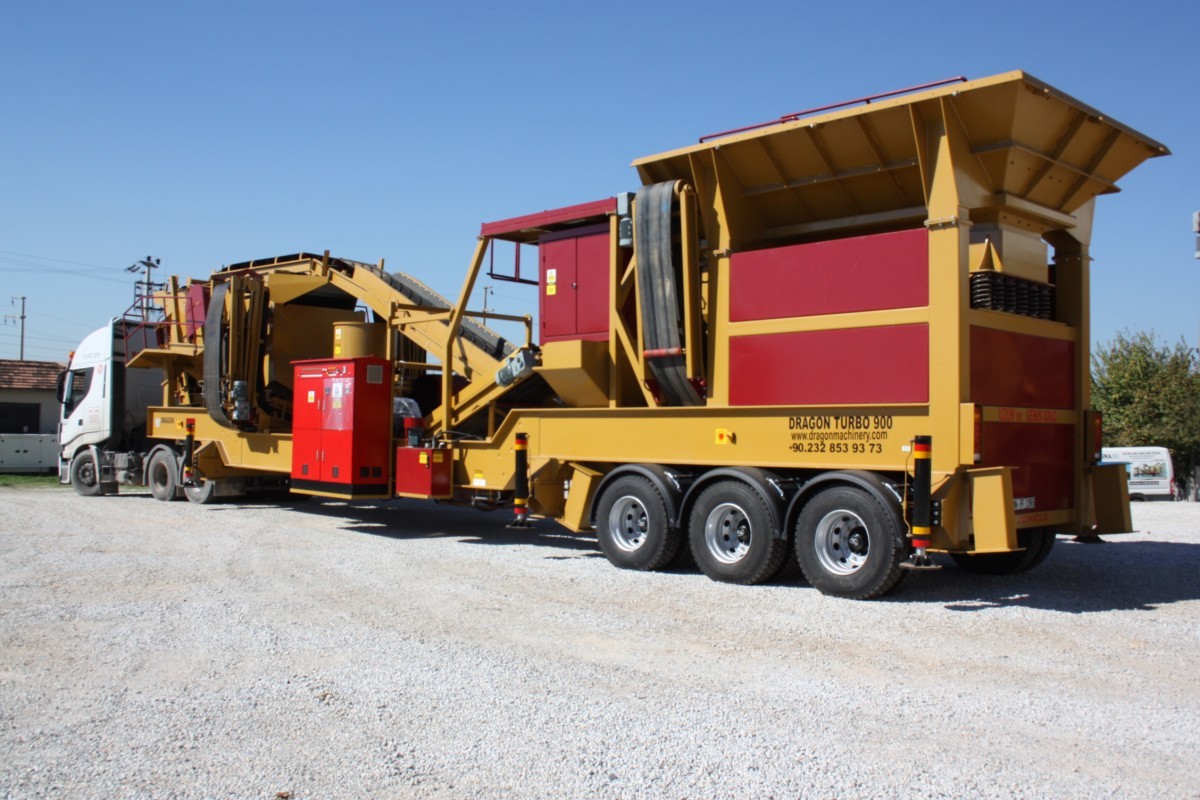Tertiary Crusher (Sand Making Machine) is a type of crusher used in the final stage of aggregate production, specifically designed to produce fine materials (sand, small-sized aggregates). It further crushes materials processed by primary and secondary crushers to create cubic-shaped, high-quality aggregates. This machine is ideal for producing materials for concrete, asphalt, plaster, and prefabricated structures.
Working Principle:
Tertiary crushers operate using a high-speed rotating rotor and impact plates (hammers or blow bars) attached to the rotor.
Material from the secondary crusher is fed into the rotor. The rotor’s speed (70-100 m/s) causes the material to collide with the impact plates or be compressed between the rotor and fixed plates, breaking it into smaller pieces.
Crushed material is screened through vibrating sieves to separate it into desired sizes (0-5 mm or 0-10 mm) as sand or fine aggregates.
Key Components:
Rotor: Made of high-strength steel, it is the central shaft where impact plates are mounted.
Impact Plates (Hammers): Wear-resistant alloy steel components that crush the material.
Crushing Chamber: Enclosed space with adjustable settings to control particle size.
Screening System: Vibrating screens classify crushed material by size.
Advantages:
Cubic-Shaped Aggregates: High rotor speed produces angular, uniform particles, enhancing concrete strength.
Fine Sand Production: Generates high-quality construction sand (0-5 mm).
Energy Efficiency: Modern designs offer high capacity with low energy consumption.
Adjustable Output: Particle size can be modified by changing screen gaps or rotor speed.
Applications:
Fine aggregates for concrete and asphalt.
Plaster and screed sand.
Prefabricated building components.
Railway ballast and drainage materials.
 English
English
 Le français
Le français
 Türkçe
Türkçe

